It’s come to Hong Kong’s recent attention that Cathay Pacific has been losing quite a bit of money in the past while. That’s rather sad, as we all know Cathay Pacific as one of the “best” out there, due to their 5-star Skytrax rating and their constant advertising. There’s no arguing that their cabin product is great, as they provide pretty industry-leading seats across all classes.
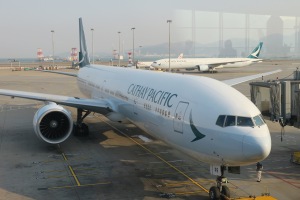 Cathay Pacific Boeing 777-300ER Hong Kong Airport
Cathay Pacific Boeing 777-300ER Hong Kong Airport
While most tourist travelers flying economy go for either a direct routing or a really light price tag, those flying in other classes may prefer comparing between different airlines and seeing which has a better product.
For example, I wouldn’t fly from Hong Kong to Munich in British Airways’ business class when Singapore’s business class is priced cheaper, as Singapore’s business class has a much higher reputation (and as far as I know, it does seem much better).
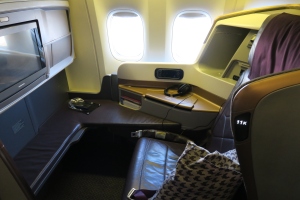 Singapore Airlines Boeing 777-300ER Business Class
Singapore Airlines Boeing 777-300ER Business Class
Similarly, many of my friends have reported enjoying Virgin Atlantic’s 787 economy class over British Airways’ when flying from Hong Kong to London. I haven’t flown British Airways in economy, but if there’s one thing I know, it’s that their seats aren’t as narrow as Virgin Atlantic’s, and also are better padded. So why do people enjoy Virgin Atlantic more?
 Virgin Atlantic Boeing 787-9 Economy Class
Virgin Atlantic Boeing 787-9 Economy Class
The answer is simple – the airline brands itself better, so people want to fly with them more.
Why is an airline brand important?
Like all brands, people have to choose the airline brand that they affiliate with most. When you don’t know much about an airline, you just choose to go alongside the one that represents your home country. I used to be a hardcore Cathay Pacific fan because they were Hong Kong’s major airline. My Qatari friends prefer to fly Qatar whenever they can. While we like to throw shade on US airlines, many American airline bloggers are affiliated with airlines from the US – American, United, etc. That’s because you share the same home as that airline, which means that it can take you to the most places from home in a direct manner.
Let’s look at a brand that I personally admire. Virgin Atlantic’s mission statement is “to embrace the human spirit and let it fly”. I’d say that’s a little vague, though there is a page on their website that explains what Richard Branson means by that.
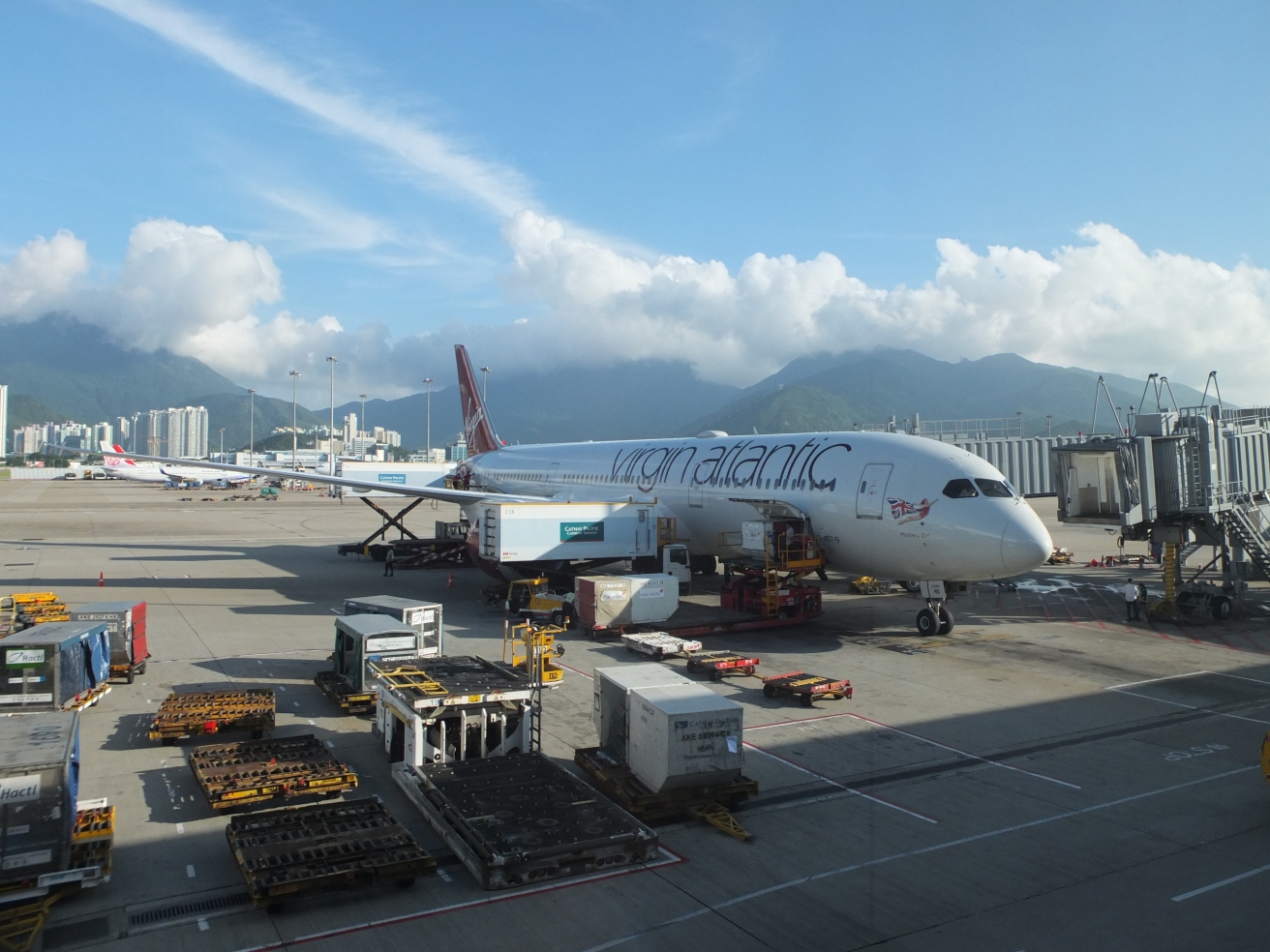 Virgin Atlantic Boeing 787-9 Hong Kong Airport
Virgin Atlantic Boeing 787-9 Hong Kong Airport
And Virgin Atlantic has strived to achieve the “embrace the human spirit” part of their mission statement. The human spirit strives to entertain, relax and socialise. Virgin Atlantic has certainly innovated in all three of these departments. Virgin Atlantic was the first airline to offer in-flight entertainment in all classes (yeah, that was a while ago, but it consolidated Virgin Atlantic as a brand). Virgin Atlantic is also renowned for pioneering the herringbone layout, which was revolutionary back in the day and provided quite a bit of personal and sleeping space (not to mention their Clubhouse lounges, but I won’t be able to speak for myself until I hopefully get myself access in London later this year). They’ve worked on the concept to make it slightly more open and comfortable, though have currently trademarked this layout as their own – I do think they need an update, but at least it shows the thought that Virgin Atlantic put into their Upper Class product as part of their growth process.
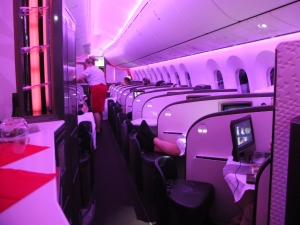 Virgin Atlantic Boeing 787-9 Upper Class
Virgin Atlantic Boeing 787-9 Upper Class
And while I can’t say they did the best out of all airlines with it, Virgin Atlantic was the first to feature a bar onboard all of their planes in Upper Class, which is a nice place to hang out.
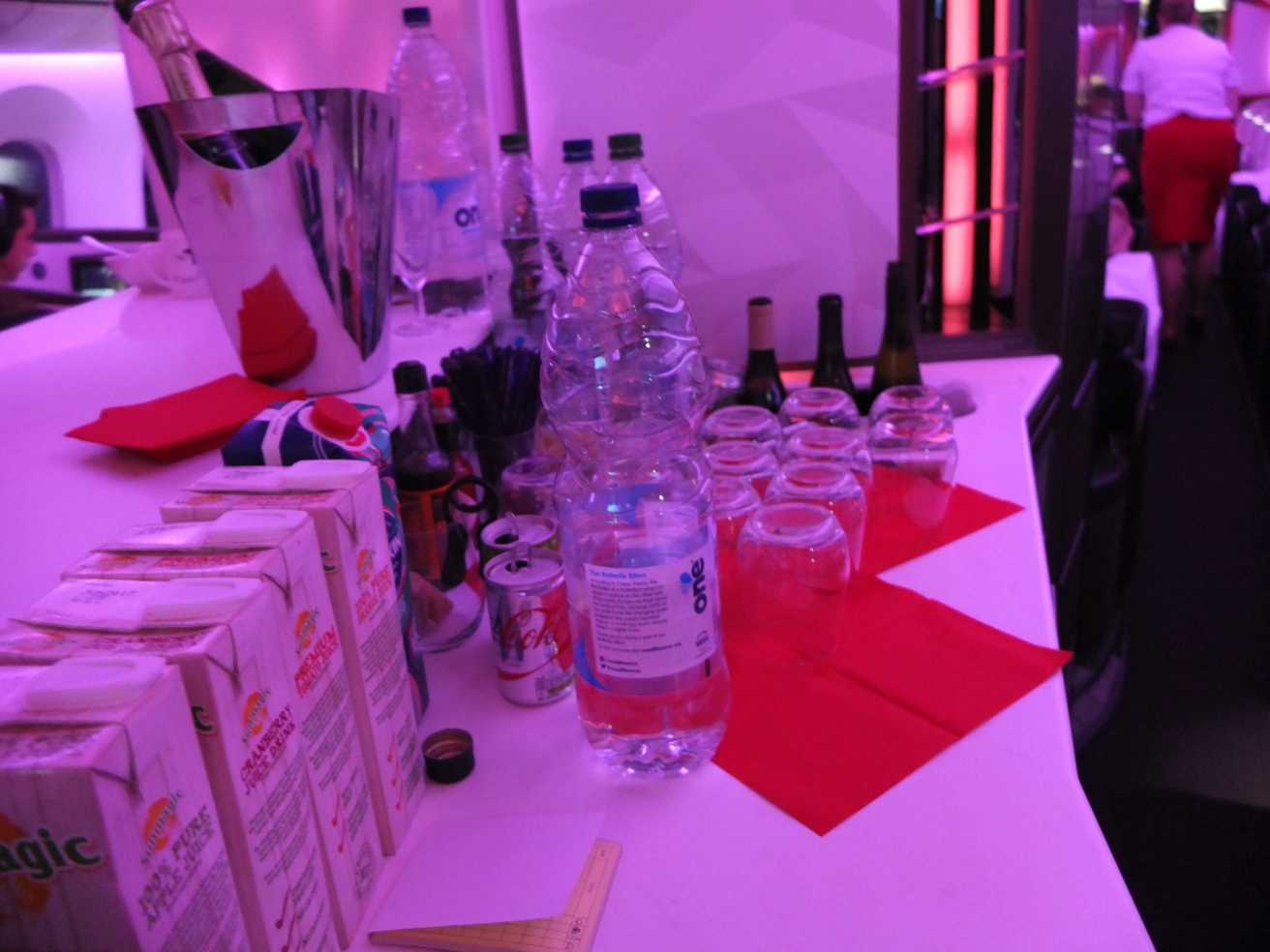 Virgin Atlantic Boeing 787-9 Upper Class Bar
Virgin Atlantic Boeing 787-9 Upper Class Bar
Virgin Atlantic created what they want to be as a brand, a quirky, fun brand that likes to work around what humans strive to do in their lives. And I’d say it’s not everyone’s choice – my parents would certainly prefer an airline that just maximises comfortable rest positions and takes you to your destination. Don’t get me wrong, Virgin Atlantic is fine in terms of comfortability, but they don’t want to be a leader in that. Instead, they want to be a leader in innovation and technology, and making people feel like they’re a “cool” brand. And it works.
Similarly, Emirates has been the airline that many people want to try. They have a mission statement that briefly suggests refinement, but focuses on innovation, which they certainly have achieved, with a minibar at every business class seat and the world’s first onboard shower on the A380:
Emirates airline’ mission is to deliver the highest standards of service quality tosupport business in the air transportation industry and to achieve complete customer satisfaction through innovation and refinement of service levels.
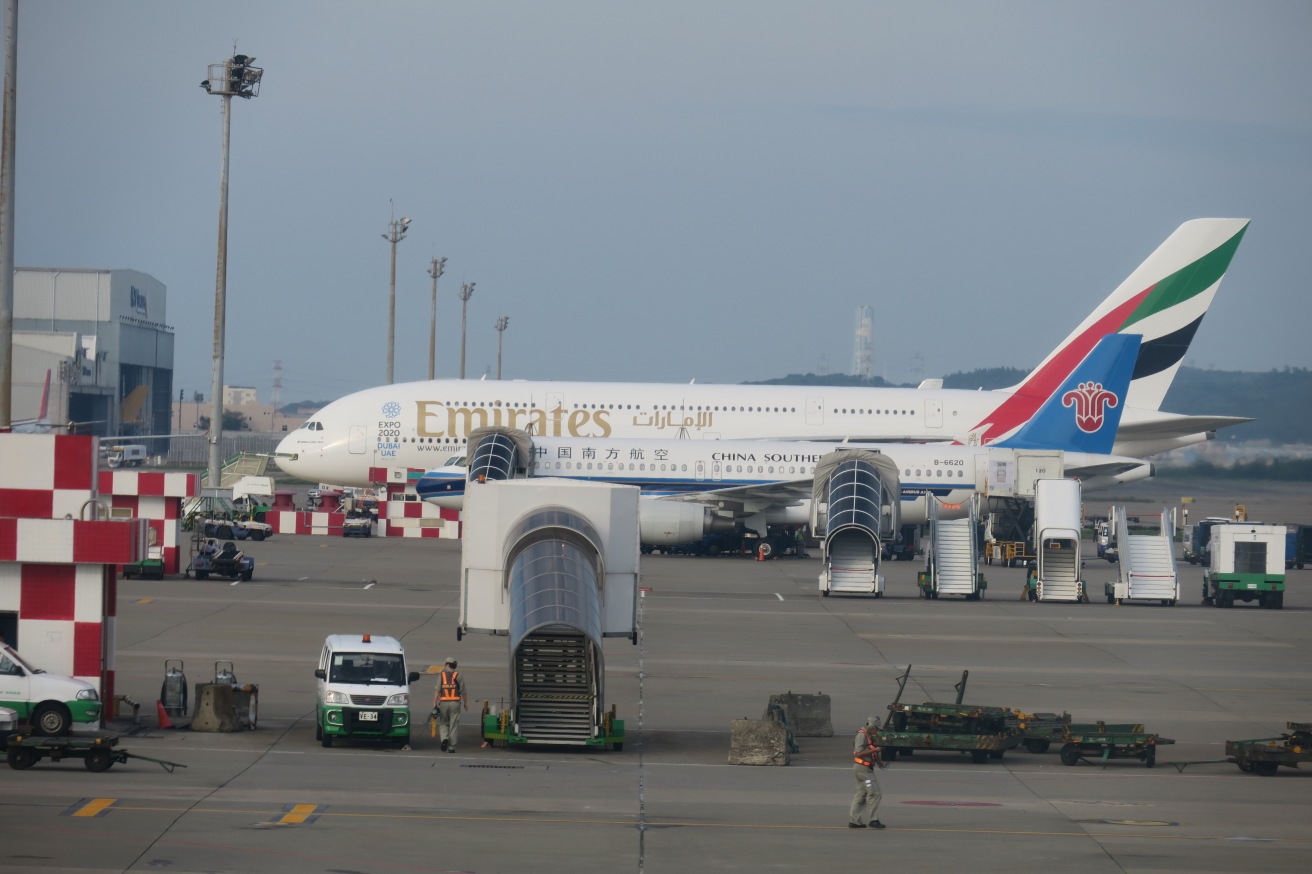 Emirates Airbus A380-800 Taipei Taoyuan Airport
Emirates Airbus A380-800 Taipei Taoyuan Airport
People from all over the world are trying to fly Emirates. But let’s not forget that they feature a subpar business class and economy class product on the 777, with 2-3-2 angled flat beds in business class (soon to become 2-3-2 fully flat beds) and a 3-4-3 product in economy.
There are many mission statements out there that I find quite bland, including airlines that have actually been a passenger’s choice otherwise. I’d like to take Singapore’s mission statement, which is a reword of what most airlines have chosen:
Singapore Airlines is a global company dedicated to providing air transportation services of the highest quality and to maximising returns for the benefit of its shareholders and employees.
While this seems rather generic on one hand, at least Singapore has put the words “the highest quality” in their mission statement, which I believe they live up to, in terms of the decisions they make.
 Singapore Airlines Airbus A380 Hong Kong Airport
Singapore Airlines Airbus A380 Hong Kong Airport
For example, Singapore isn’t focused on maximising capacity. They’re really committed on sticking with 3-3-3 in economy on their 777s, and they have a business class product that takes up quite a bit of real estate per seat. Their prices in business class are pretty much higher than everyone else’s on a consistent basis, but Singapore wants people to choose them because they’re looking for a higher quality seat, not because they have the best deal. And from footrests to hot towels in economy, to their new A380 suites taking up a 1-1 configuration on the upper deck, I genuinely believe that Singapore cares about quality more than anything else. That may not be a good thing for Singapore, as they seem to be losing money, but at least their planes are consistently full as a result.
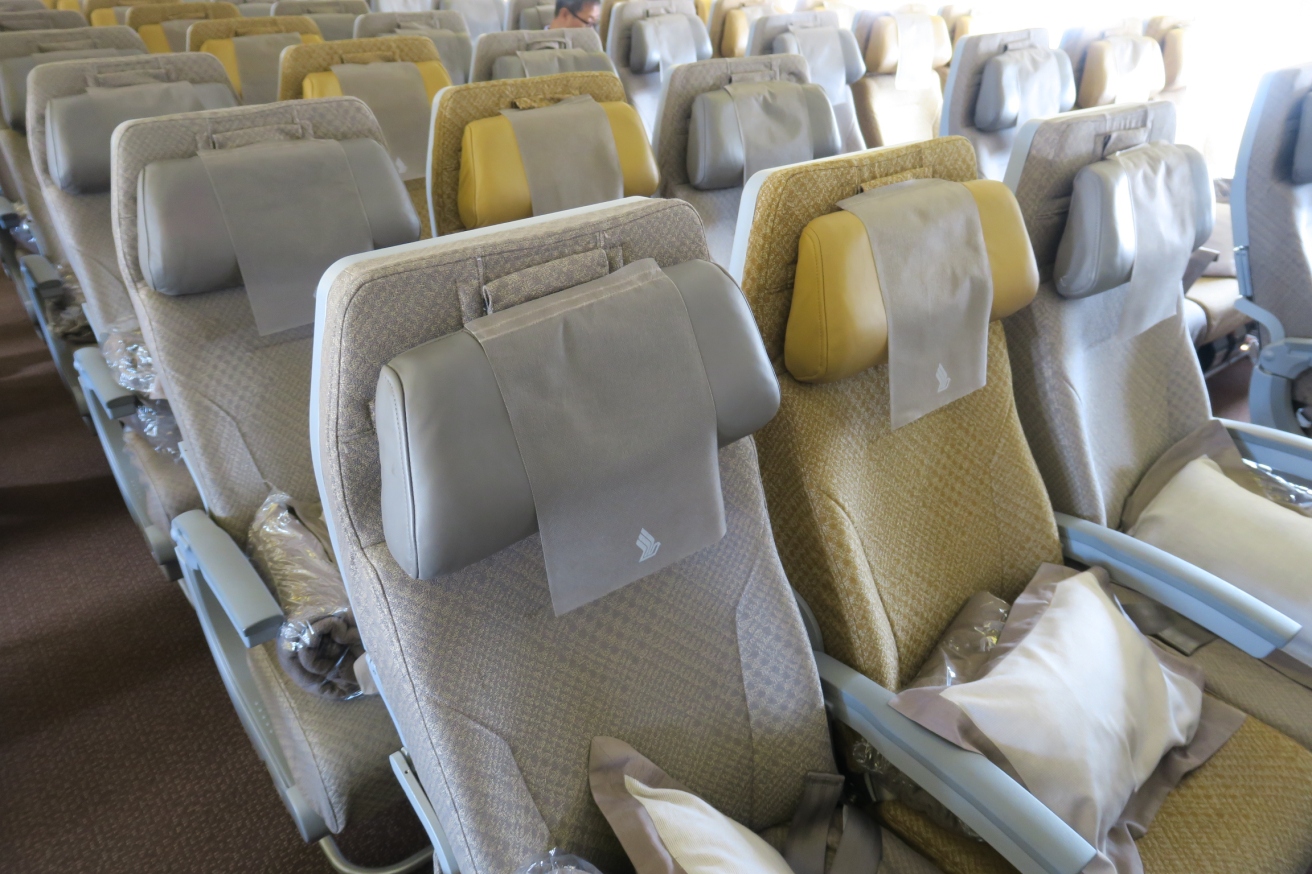 Singapore Airlines Boeing 777-300ER Economy Class
Singapore Airlines Boeing 777-300ER Economy Class
What is the problem with most airlines’ mission statements?
I’d like to bring up low-cost airlines for a second. While they don’t typically attempt to provide high-quality service, they’re proud of that, as that’s who they are. For example, easyJet defines themselves on their “What We Do” page as a “low-cost European point-to-point airline”. They don’t try to sell that they provide high quality – they just want people to know that they’re safe and cheap, and if you’re looking for frills, go for someone else. They know that they can’t please every single traveler on the face of this earth, so they have a specific target audience in mind. And that’s what makes them easyJet.
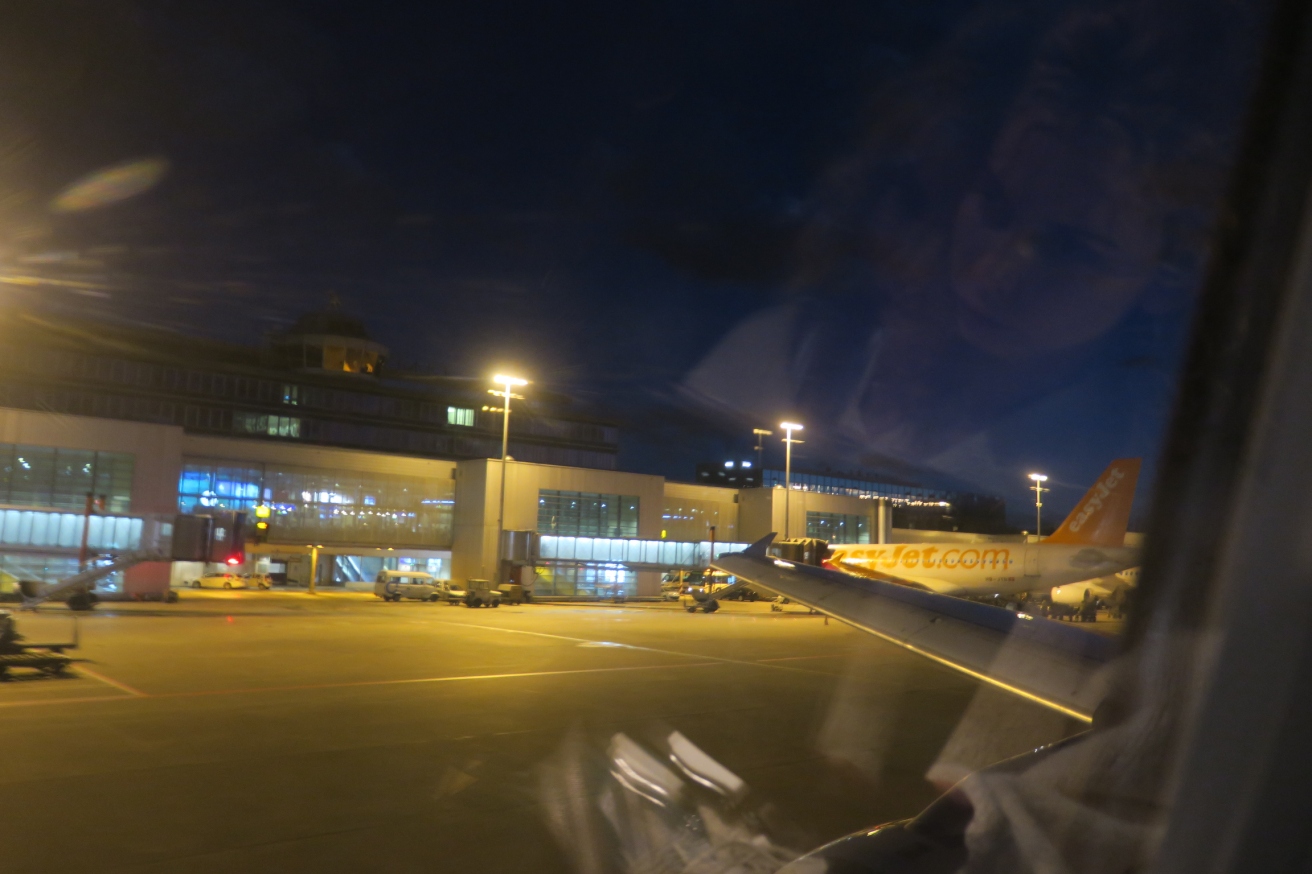 easyJet Airbus A320 Geneva Airport
easyJet Airbus A320 Geneva Airport
Meanwhile, you have Cathay Pacific, who says:
Our vision is to be the world’s best airline. Being the best means that we always strive to excel in everything we do. Our dynamic team provides the highest quality service so that our customers are happy they chose Cathay Pacific.
By saying Cathay Pacific wants to be the “world’s best airline”, Cathay Pacific is trying to please every single traveler at the same time. Cathay Pacific has no target audience – they are trying to appeal to everyone that can possibly choose them on a route. But why should people choose Cathay Pacific when there’s an airline that they affiliate to more than anyone else?
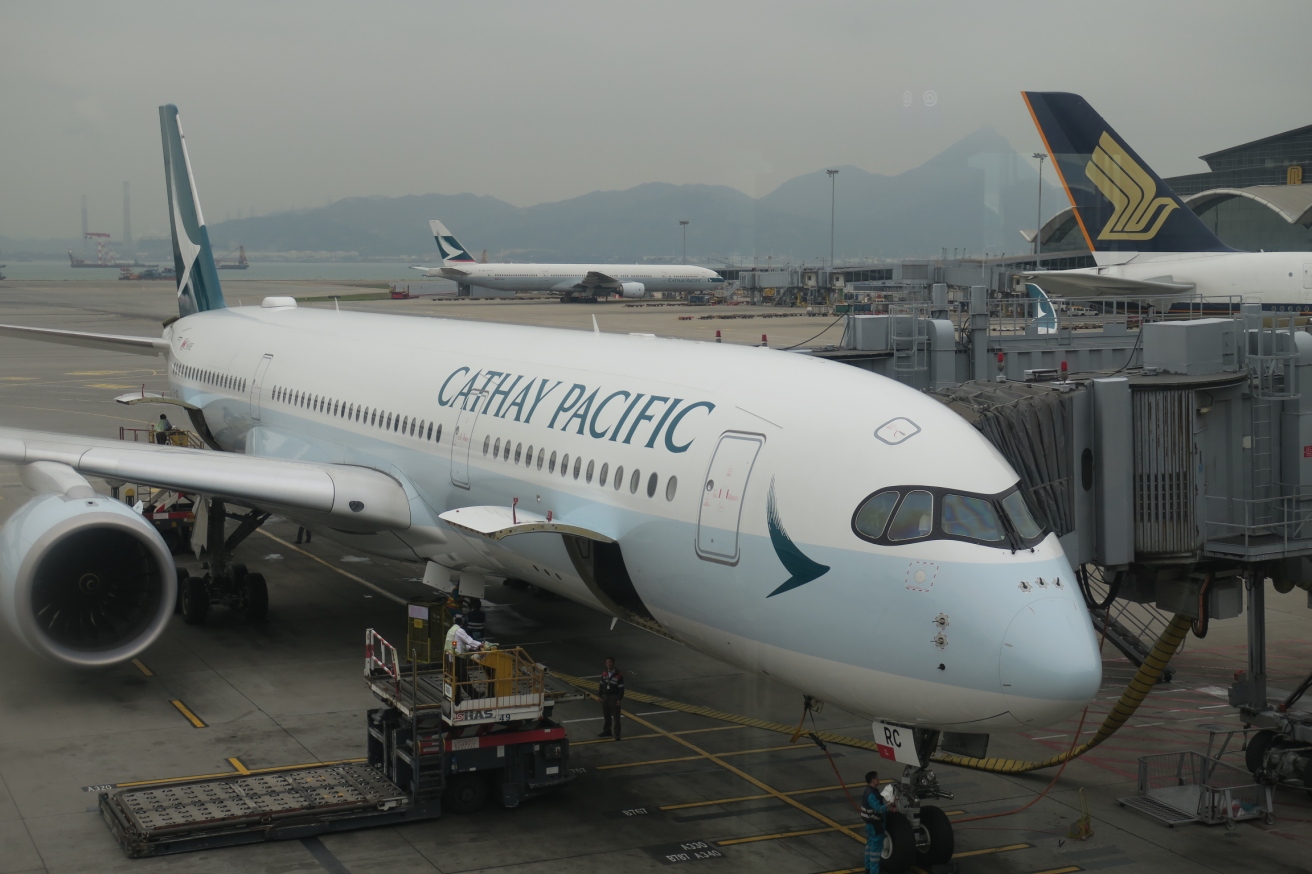 Cathay Pacific Airbus A350-900 Hong Kong Airport
Cathay Pacific Airbus A350-900 Hong Kong Airport
I’m not dissing Cathay Pacific’s product here. They have a brand ethos that I admire. Apart from their latest move to 3-4-3 economy, which is just to fit with the industry standard and help resurrect them from myriad losses, Cathay is a pretty customer-focused airline. With the addition of dine-on-demand, Cathay Pacific is looking towards having a world-class business class product, especially on the A350, which also has WiFi. They already have an industry leading premium economy product, and I’ve heard rave reviews of their first class.
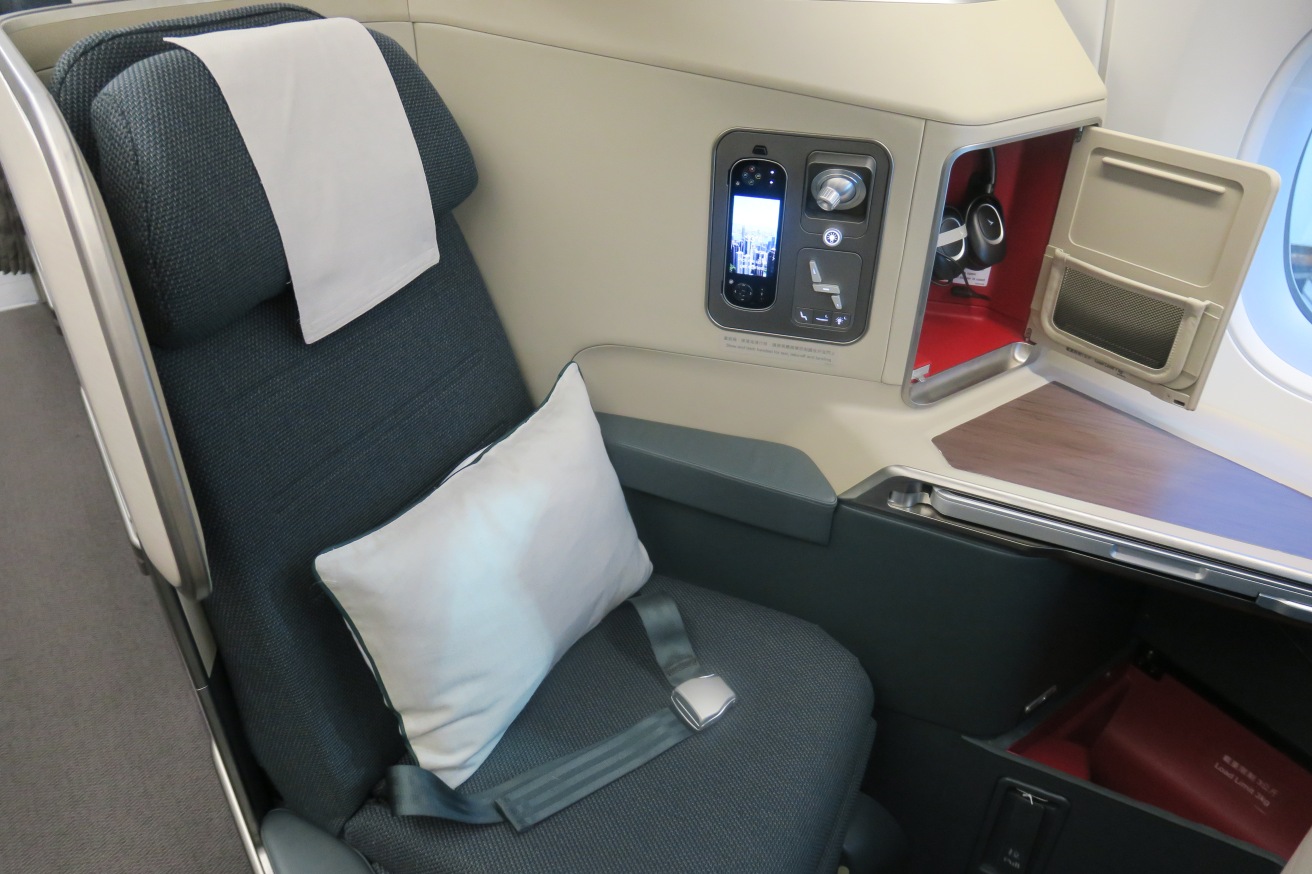 Cathay Pacific Airbus A350-900 Business Class
Cathay Pacific Airbus A350-900 Business Class
Cathay Pacific also provides a list of things that they seek when they build their company, including:
- We put safety first
- We grow a winning team
- We provide outstanding products and services
- We consistently deliver Service Straight From The Heart
- We produce superior financial returns
- We support Hong Kong
- We are a socially and environmentally responsible company
To reduce themselves to providing “outstanding products and services” is like McDonald’s saying that they’re providing “good food”. Sure, it tastes good. But it’s not going to be of the same caliber as eating in a true burger place, as it’s essentially of a lower quality. I’d argue that for the price point that they offer, flying Thai Airways to Phuket is also “outstanding”.
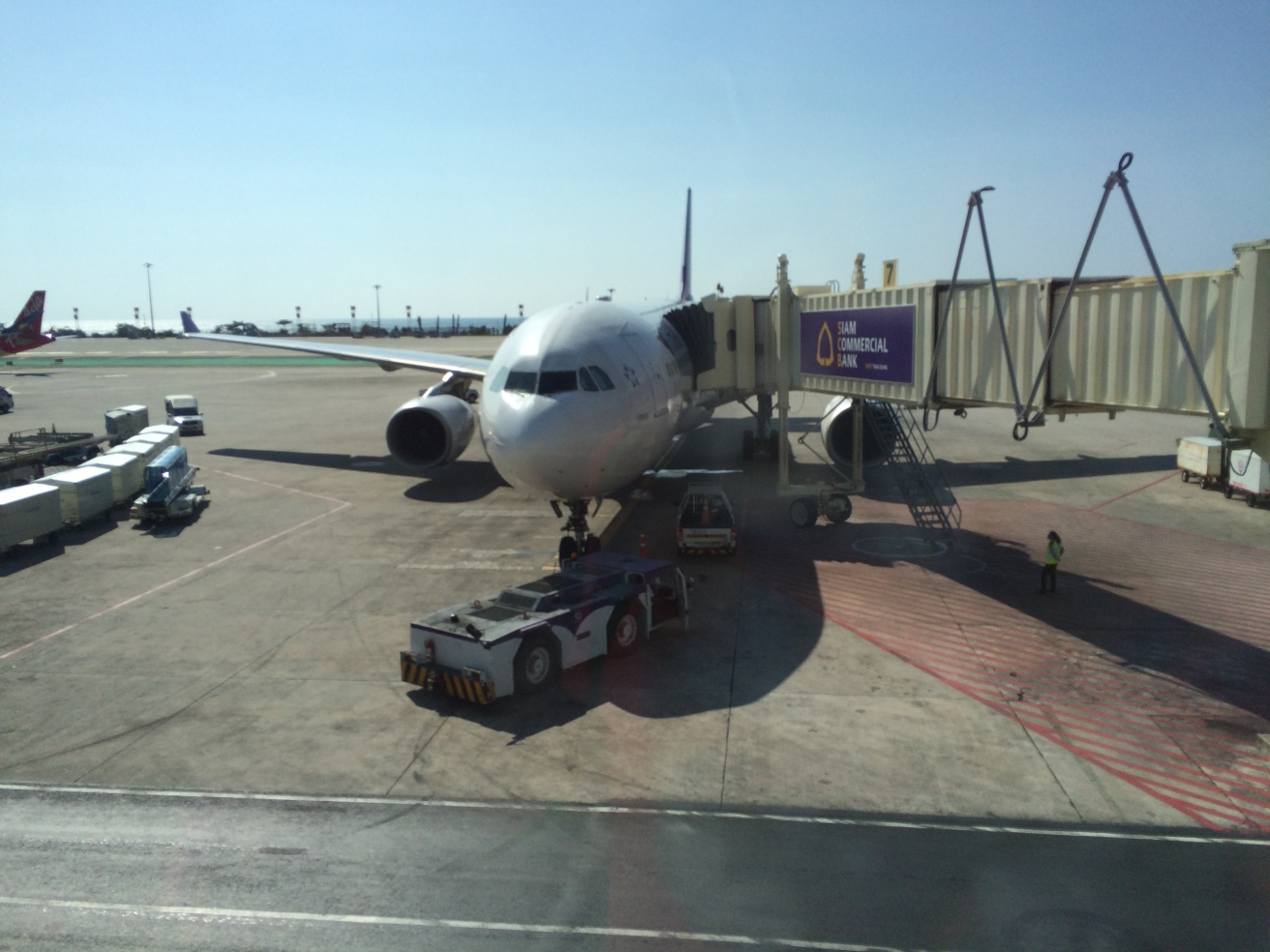 Thai Airways Airbus A330-300 Phuket Airport
Thai Airways Airbus A330-300 Phuket Airport
But can you really argue that Thai’s A330 business class…
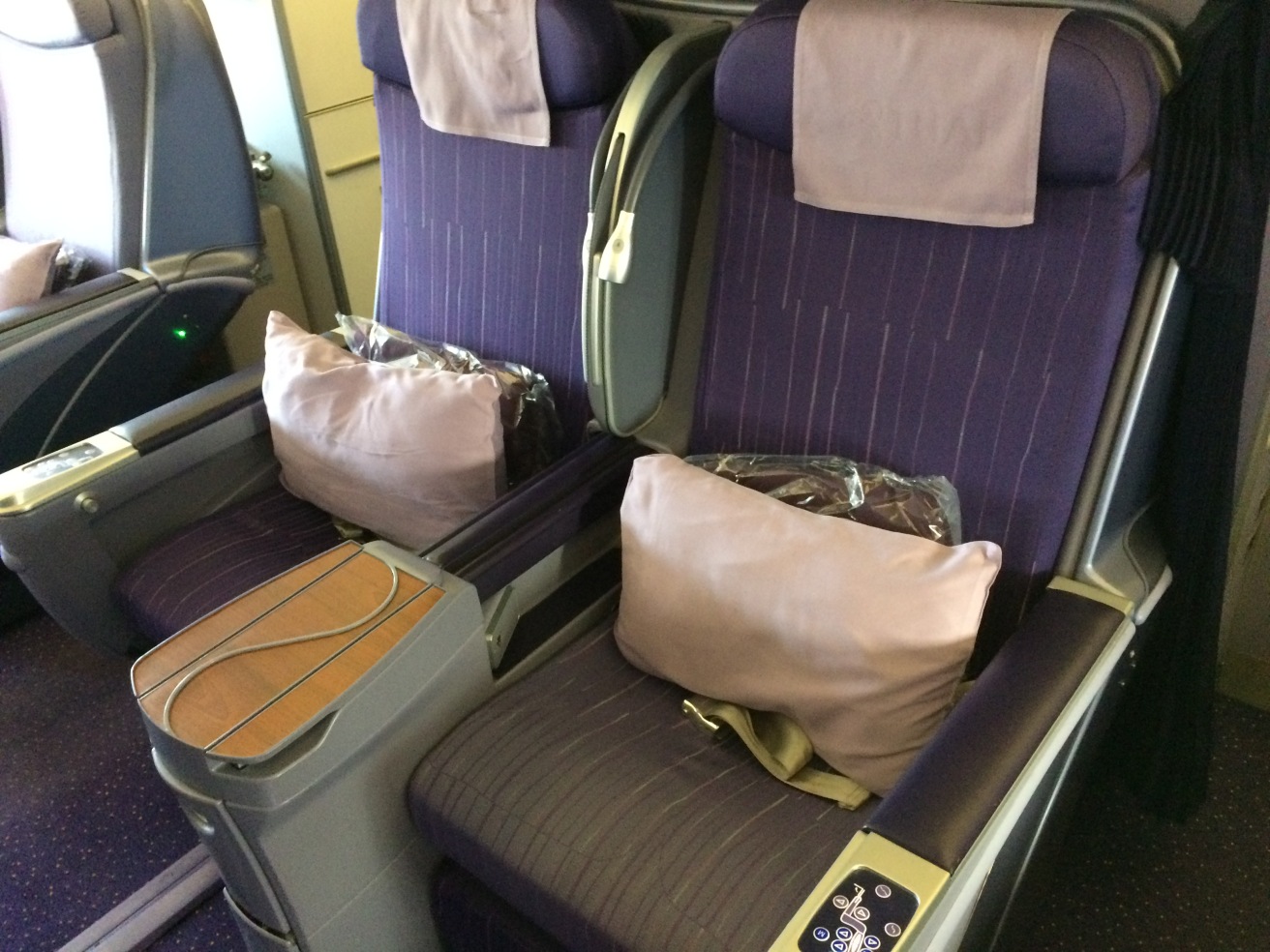 Thai Airways Airbus A330-300 Business Class
Thai Airways Airbus A330-300 Business Class
…is better than Cathay Pacific’s business class, as both are flown on pretty long routes?
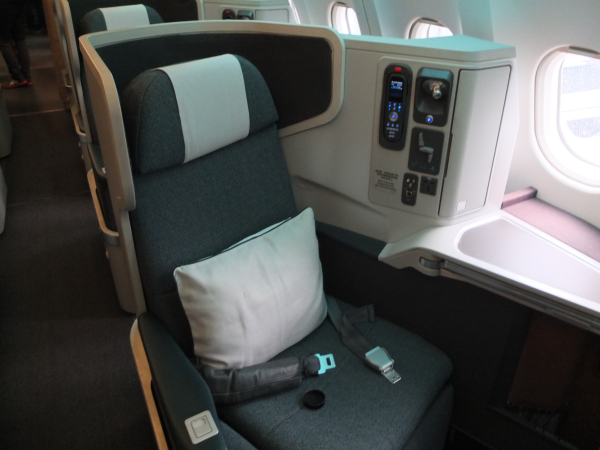 Cathay Pacific Airbus A330-300 Business Class
Cathay Pacific Airbus A330-300 Business Class
Yeah, I didn’t think so. But by saying Cathay Pacific offers an “outstanding” product, their mission statement doesn’t present itself towards any market. Are they trying to go for an experience where people on Cathay Pacific flights feel like they’re at home? Or are they trying to just take you from point A to point B in a flat bed?
Thai Airways is clearly part of the latter, which reflects their mission statement:
THAI’s service concept is to provide a simple, functional, cost effective and user friendly solution that allows airlines to undertake efficient and profitable operations.
I’m singling out Cathay Pacific because they’re the airline Hong Kong has been beating down lately, when they’ve done so much to try and improve their brand. They’ve won quite a few awards for having a turnaround in their brand image, and their new lounges and plane cabins are exceptional across all classes. However, with a mission statement that’s so broad and generic, Cathay Pacific will not be able to make this change palpable to the Hong Kong public.
What do I think Cathay Pacific’s mission statement is?
Cathay Pacific attempts to provide a high quality, affordable, contemporary Asian home-style experience for passengers across all cabins. Cathay Pacific has brand ethos “themes” that they have tried to recreate, but presently I can’t see any of that appearing on any of their aircraft. Instead of focusing on specific themes that their brand should be designed to, Cathay Pacific needs a sentence-long goal that impacts their decisions.
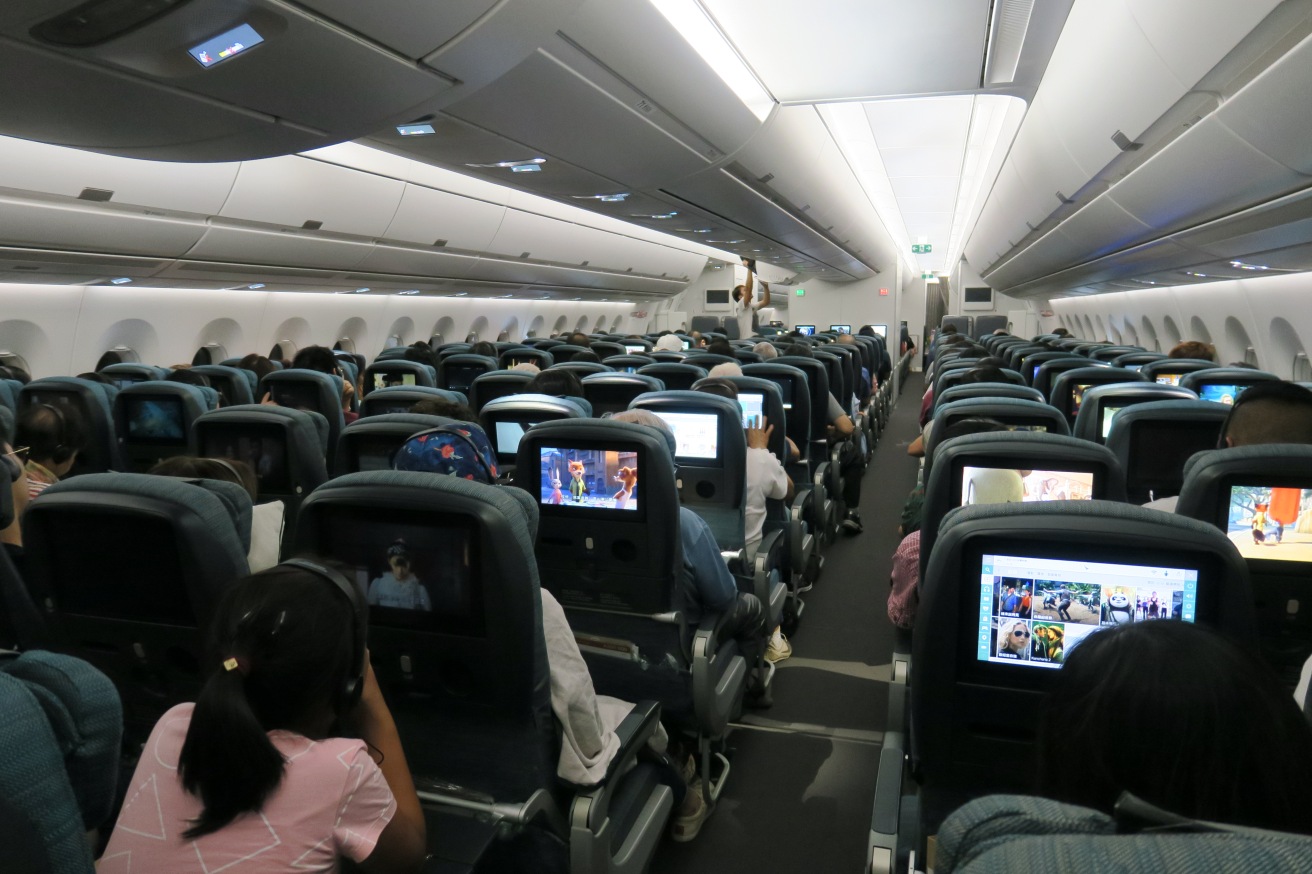 Cathay Pacific Airbus A350-900 Economy Class
Cathay Pacific Airbus A350-900 Economy Class
I’d say that if Cathay Pacific worked more towards that statement, they’d appeal to quite a strong target audience. They’re proud of not being Emirates-blingy, but still want passengers to have the best experience possible. I don’t think Hong Kong passengers get that as of now.
Bottom Line
This seems like a rant more than anything else, but a clear and focused mission statement vastly helps people’s ability to trust a brand. I do believe that every renowned airline has a successful PR and branding team behind it, so I don’t want to doubt them in the slightest. However, Cathay Pacific’s mission statement seems like one of the “debatable assertions” that I had to create for my Humanities MYP course back in Grade 8.
I’d like to see airlines start revamping their mission statements so they’re clear and focused towards a specific audience. Virgin Atlantic is probably the best example of that – their market is limited, but their target audience loves them for who they are. And people who are outside of the target audience might think that they’re a weird or overly out-there airline, though that’s not who Virgin Atlantic cares about.
I hope Cathay Pacific can take the product that they have (which isn’t bad) and bounce back, creating a more positive impression towards all their flyers.
Does anyone disagree? What is your favourite airline brand?


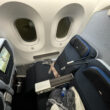
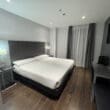

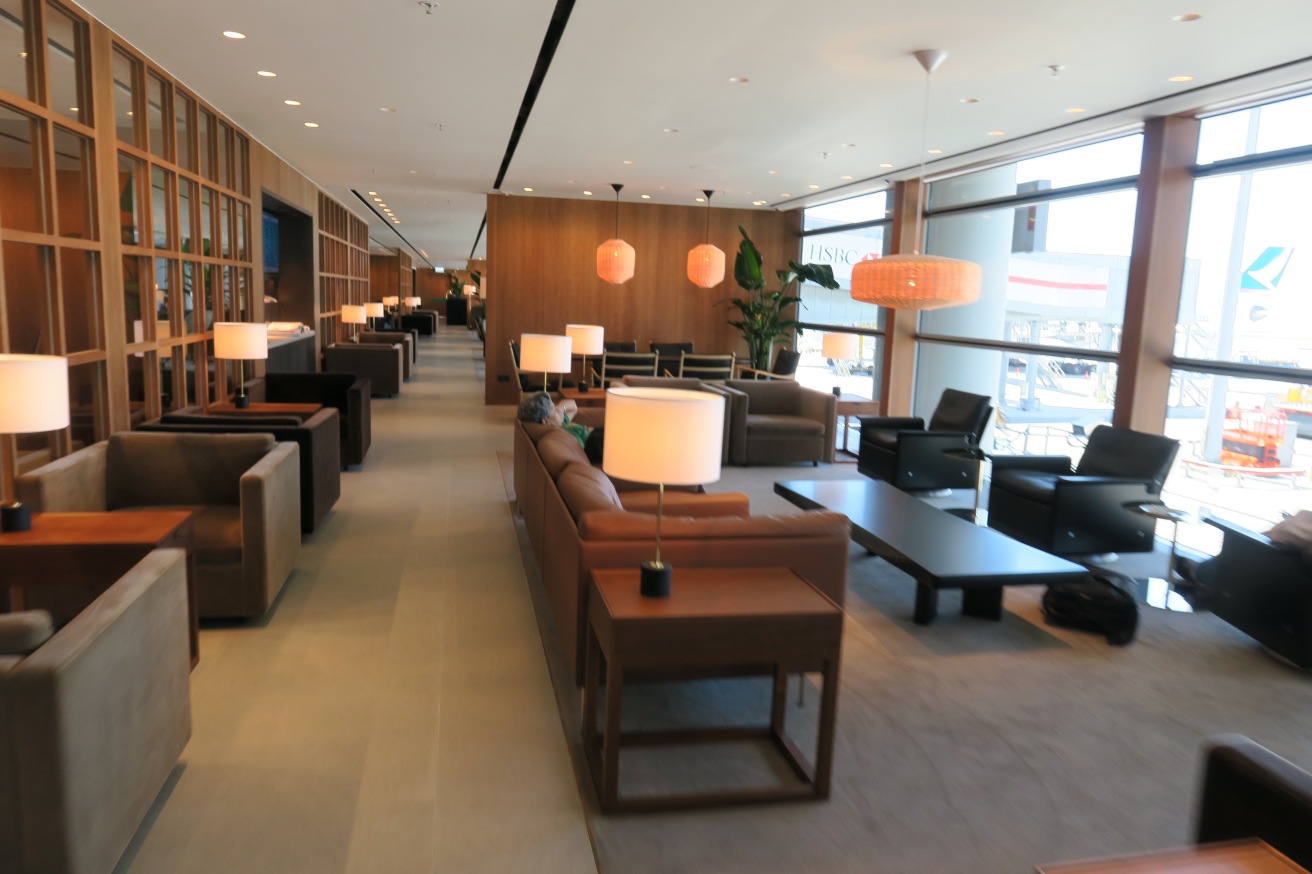



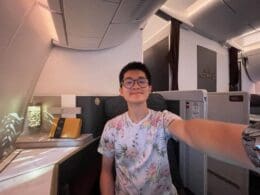
Hi Alvin, just came across your blog. I thoroughly enjoyed your article, and your point is spot on! What is your thought on Hong Kong Airlines’ premium cabin in comparison? Happy travel! 🙂
@ RSD – Thanks for reading! I’ve closely compared Cathay Pacific and Hong Kong Airlines’ premium cabins here – feel free to have a look!